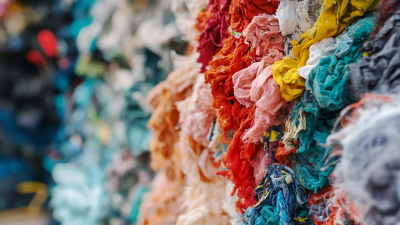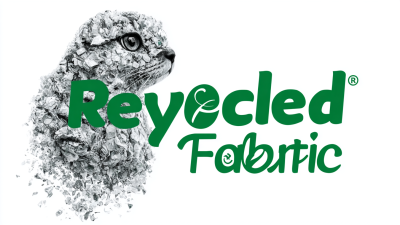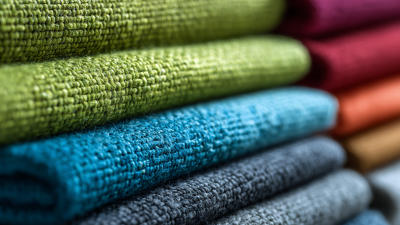In an age where environmental consciousness is more crucial than ever, the transformation of plastic waste into sustainable materials offers a promising solution for combating pollution and reducing our reliance on virgin resources. One of the most innovative ways to repurpose this waste is through the creation of Recycled Pet Fabric, a material derived from post-consumer PET plastic bottles. This fabric not only diverts waste from landfills but also significantly decreases the energy and water consumption typically associated with traditional textile production. As the fashion and textile industries face increasing pressure to adopt environmentally friendly practices, understanding the process of converting plastic waste into Recycled Pet Fabric becomes essential. This guide aims to explore the various steps involved in this transformative journey, highlighting the benefits of adopting sustainable methods and encouraging more individuals and businesses to embrace recycled materials in their production processes.
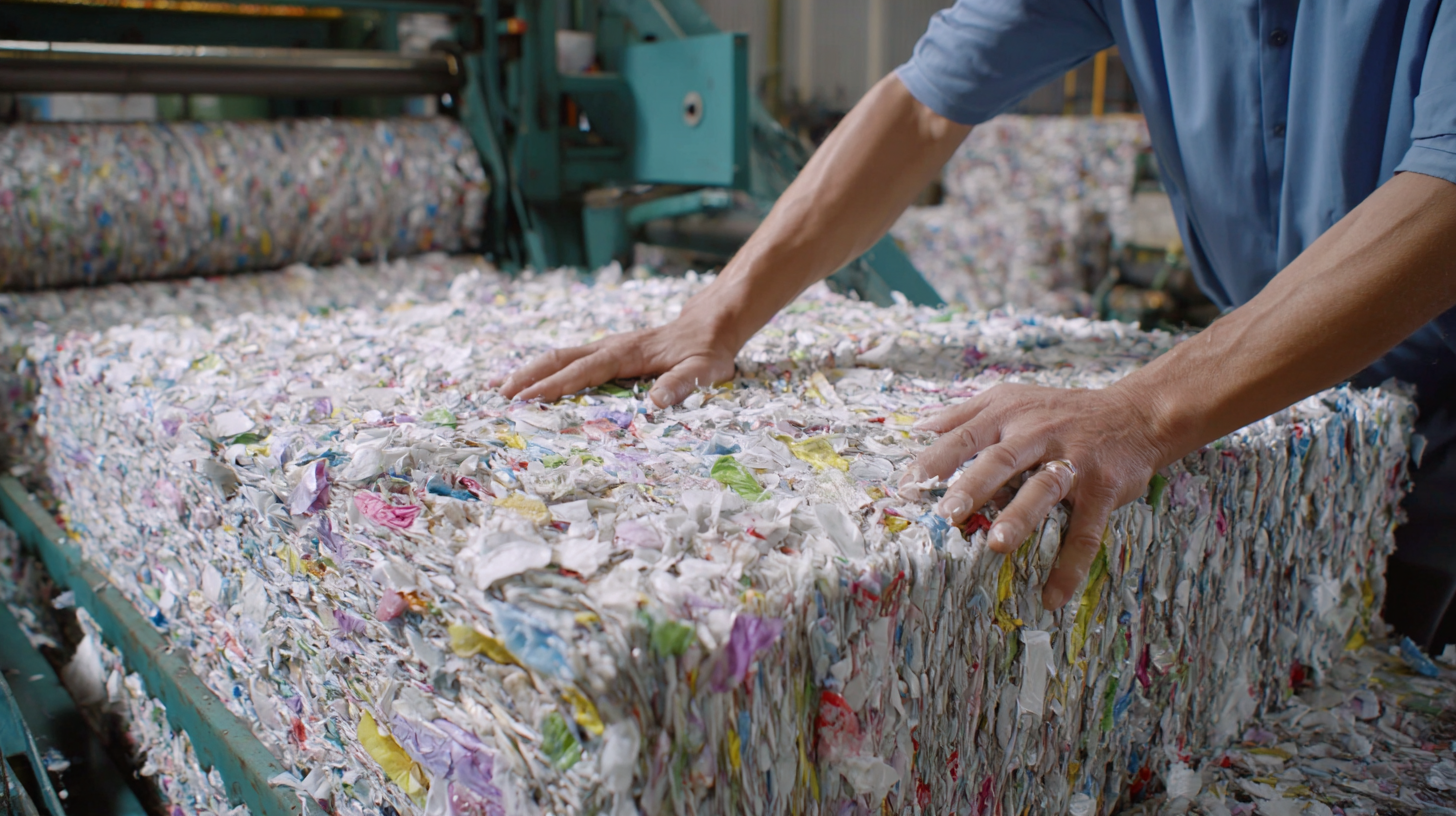
The impact of plastic waste on the environment and the fashion industry is profound and far-reaching. With millions of tons of plastic entering landfills and oceans each year, the ecological consequences are dire. Plastic pollution contributes to habitat destruction, threatens marine life, and disrupts ecosystems. In the fashion industry, the reliance on synthetic fibers derived from fossil fuels exacerbates this issue, as traditional fabrics like polyester can take hundreds of years to decompose. Additionally, the production of these materials not only creates significant waste but also consumes valuable natural resources, which further strains the planet's health.
To address these challenges, the fashion industry has begun to explore the potential of sustainable alternatives, particularly through the recycling of plastic waste into fabrics. By transforming discarded plastic bottles and other materials into recycled PET fabric, brands can significantly reduce their carbon footprint and reliance on virgin resources. This innovative approach not only diverts waste from landfills but also contributes to a circular economy, where materials are reused and recycled rather than discarded. As consumers grow increasingly aware of sustainability, the shift towards using recycled materials in fashion can help pave the way for a more responsible and eco-friendly industry.
The journey of transforming plastic waste into sustainable recycled PET fabric begins with the meticulous process of collecting and sorting materials. Effective collection involves a combination of community engagement and efficient waste management strategies. Many municipalities have implemented programs that encourage residents to segregate their plastics, making it easier to gather usable materials. Recycling centers then play a crucial role, as they aggregate these collected plastics and prepare them for the next step in the recycling process.
Once the plastic waste is collected, sorting becomes essential to ensure that only suitable types of plastic are processed. Automated sorting technologies, such as optical sorters and air classifiers, can efficiently distinguish between various types of plastics based on their properties. Manual sorting also remains vital, as workers remove contaminants or non-recyclable materials by hand. This step is crucial because the purity of the sorted plastics directly impacts the quality of the recycled PET fabric. By establishing rigorous collection and sorting protocols, we lay a solid foundation for the sustainable transformation of plastic waste into valuable textile resources.
This bar chart illustrates the process of plastic waste management, showing the amount of plastic collected, sorted, and recycled in tons. The data suggests significant stages in the recycling process, emphasizing the need for efficient sorting and recycling practices to reduce plastic waste impact.
The manufacturing process of transforming recycled plastics into PET fabric involves several key steps that contribute significantly to sustainability. Initially, plastic waste, primarily PET from bottles, is collected, sorted, and cleaned. According to the Environmental Protection Agency (EPA), approximately 3 million tons of PET bottles are recycled in the United States each year, showcasing the potential of using existing plastic waste instead of virgin materials. This step is crucial, as proper sorting ensures the quality of the recycled product.
Next, the cleaned plastic is converted into flakes through shredding and granulation. These flakes are then melted and extruded into fibers, creating what we recognize as recycled PET fabric. The global market for recycled PET is projected to reach USD 8.7 billion by 2026, driven by rising consumer awareness and demand for sustainable textiles. The entire process not only reduces landfill waste but also minimizes the carbon footprint associated with fabric production. By opting for recycled PET fabric, the textile industry can significantly decrease its environmental impact while meeting the growing needs of eco-conscious consumers.
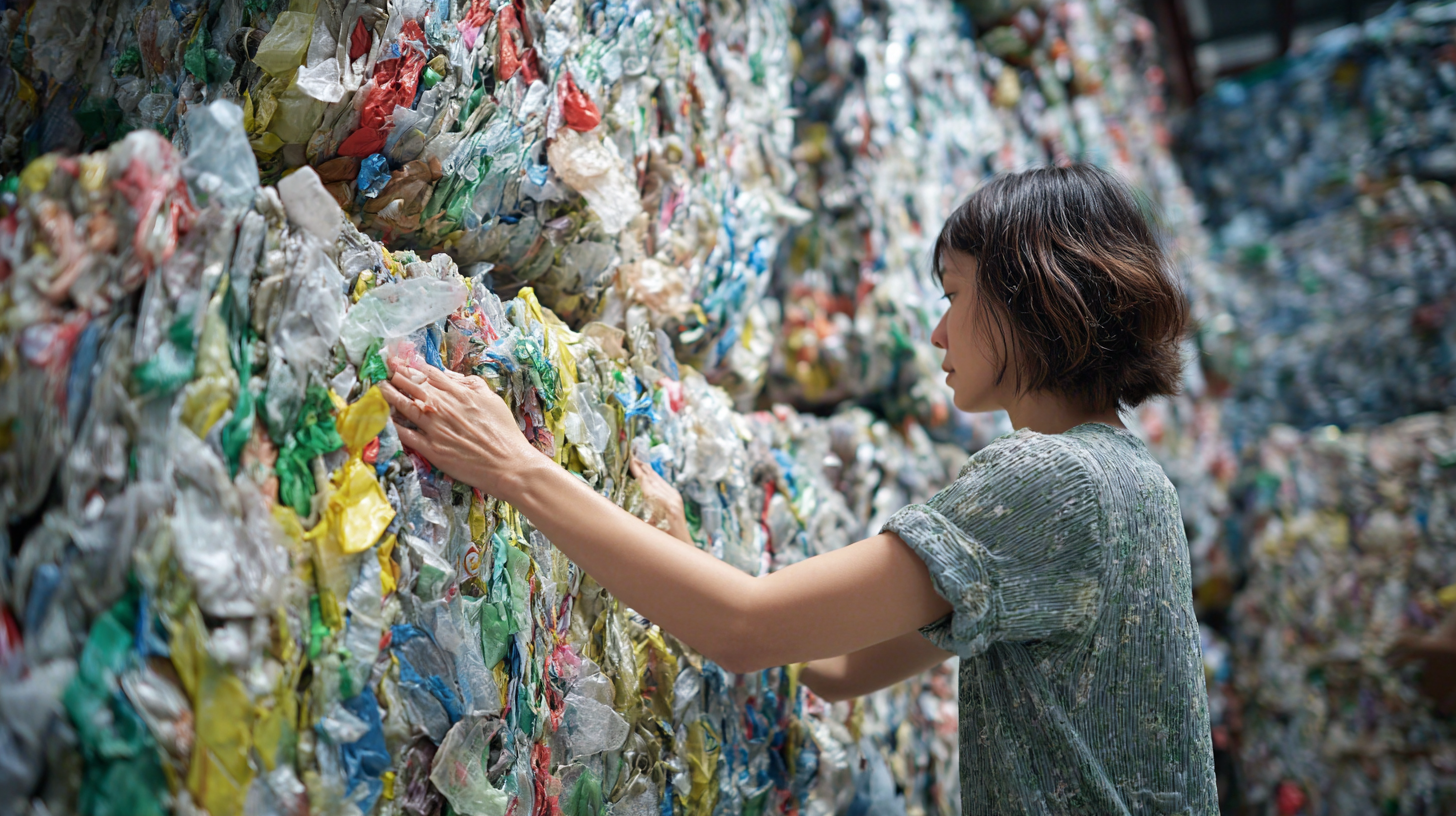
The recycling of plastic waste, particularly in the production of recycled PET (rPET) fabric, has witnessed significant advancements due to innovative technologies. Recent studies from the Ellen MacArthur Foundation indicate that the global demand for rPET is projected to reach 2.3 million tons by 2025, thanks in part to heightened awareness of sustainability. Innovations such as advanced enzymatic recycling processes have emerged, allowing for higher-quality rPET fabrics that compete effectively with virgin materials. For instance, these processes can break down plastic waste into its core building blocks, enhancing purity and enabling recycling loops that were previously unattainable.
Moreover, the integration of machine learning and artificial intelligence in sorting and processing has revolutionized how we handle plastic waste. According to the National Recycling Coalition, improved sorting technologies can increase the recovery rates of recyclable materials by up to 30%. This is crucial for the textile industry, where the quality of rPET directly impacts the performance and appeal of the final fabric. By leveraging these technologies, manufacturers can produce rPET that not only reduces environmental impact but also meets the stringent quality standards demanded by consumers. As the industry evolves, the focus remains on enhancing the quality and accessibility of sustainable recycled materials, paving the way for a circular economy in the textile sector.
| Process Step | Description | Innovative Technology | Benefits |
|---|---|---|---|
| Collection | Gathering plastic waste from various sources. | Smart Waste Management Systems | Increases recovery rates of recyclable materials. |
| Sorting | Separating plastics by type and color. | AI-Powered Sorting Machines | Enhances accuracy and speed in sorting. |
| Cleaning | Removing contaminants from plastic waste. | Ultrasonic Cleaning Technology | Improves purity of recycled materials. |
| Shredding | Breaking down plastics into smaller pieces. | High-Efficiency Shredders | Optimizes processing time and energy use. |
| Extrusion | Melting and forming plastic into fibers. | Advanced Extrusion Technology | Produces high-quality PET fibers. |
| Textile Production | Weaving or knitting fibers into fabric. | Automated Looms and Knitting Machines | Increases efficiency and fabric quality. |
The fashion industry is increasingly turning to sustainable practices, with recycled PET fabric emerging as a key player in sustainable design. According to a report by Allied Market Research, the global recycled PET market is expected to reach $10.1 billion by 2026, growing at a CAGR of 9.8%. This shift highlights the growing consumer demand for eco-friendly products, as brands recognize the importance of environmental responsibility in their supply chains.
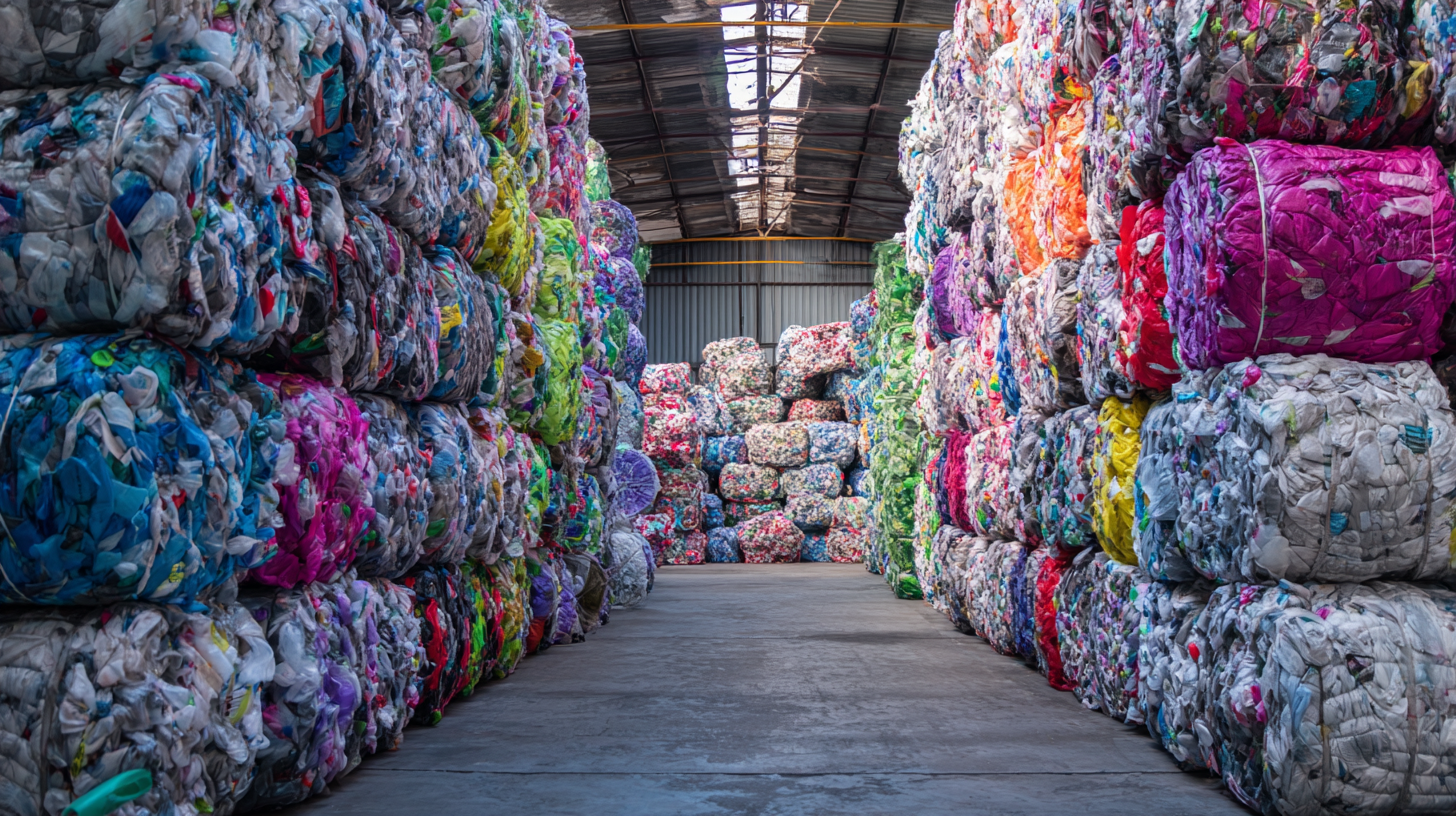
Integrating recycled PET fabric into fashion and textile designs not only reduces plastic waste but also offers substantial benefits in terms of performance and durability. Fabrics made from recycled PET are known for their moisture-wicking properties and resilience, making them ideal for athletic and outdoor wear. A study by the Textile Exchange revealed that using recycled materials can significantly lower carbon emissions, with recycled PET producing 79% less CO2 compared to virgin polyester. As designers increasingly source sustainable materials, the incorporation of recycled PET is poised to revolutionize the industry, fostering innovation and sustainability hand in hand.

